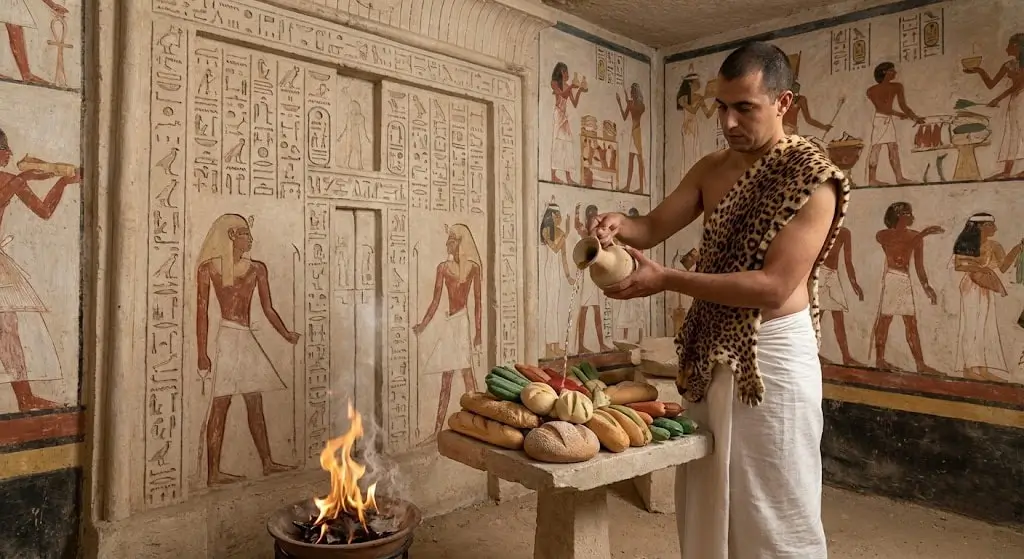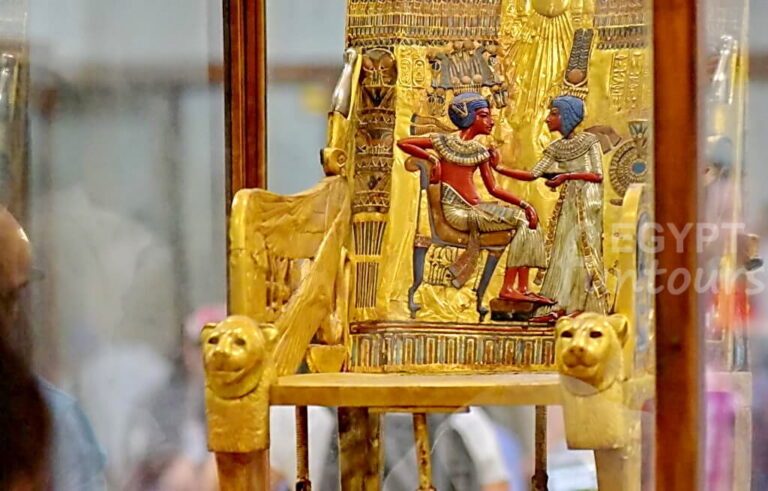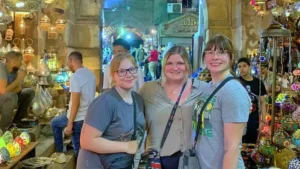Fuel for the Cosmos: Why Offerings Mattered
In the ancient Egyptian mind, the gods were not self-sufficient. They believed the universe was a fragile machine that required constant maintenance. If humans stopped feeding the gods, the sun might not rise, the Nile might not flood, and chaos would swallow the world.
This concept is Do ut des (“I give so that you may give”). Offerings were not simply gifts; they were a transaction to maintain Ma’at (cosmic order). This guide explores the complex system of Ancient Egyptian Offerings, from the daily bread given to Amun to the magical “Voice Offerings” carved on tomb walls that fed the dead forever.
Key Takeaways
- The Purpose: Offerings maintained Ma’at and fed the Ka (spirit).
- The “Reversion”: Food was not wasted; after the god “consumed” the essence, priests and staff ate the physical food.
- The Magic: Spells like the “Voice Offering” could turn written words into food for the afterlife.
- Key Items: Bread, beer, oxen, geese, incense, and the ultimate offering: Ma’at itself.
Here are the next sections of your pillar page, Part 3 and Part 4, which explore the logistics and specific items of the offering rituals.





























